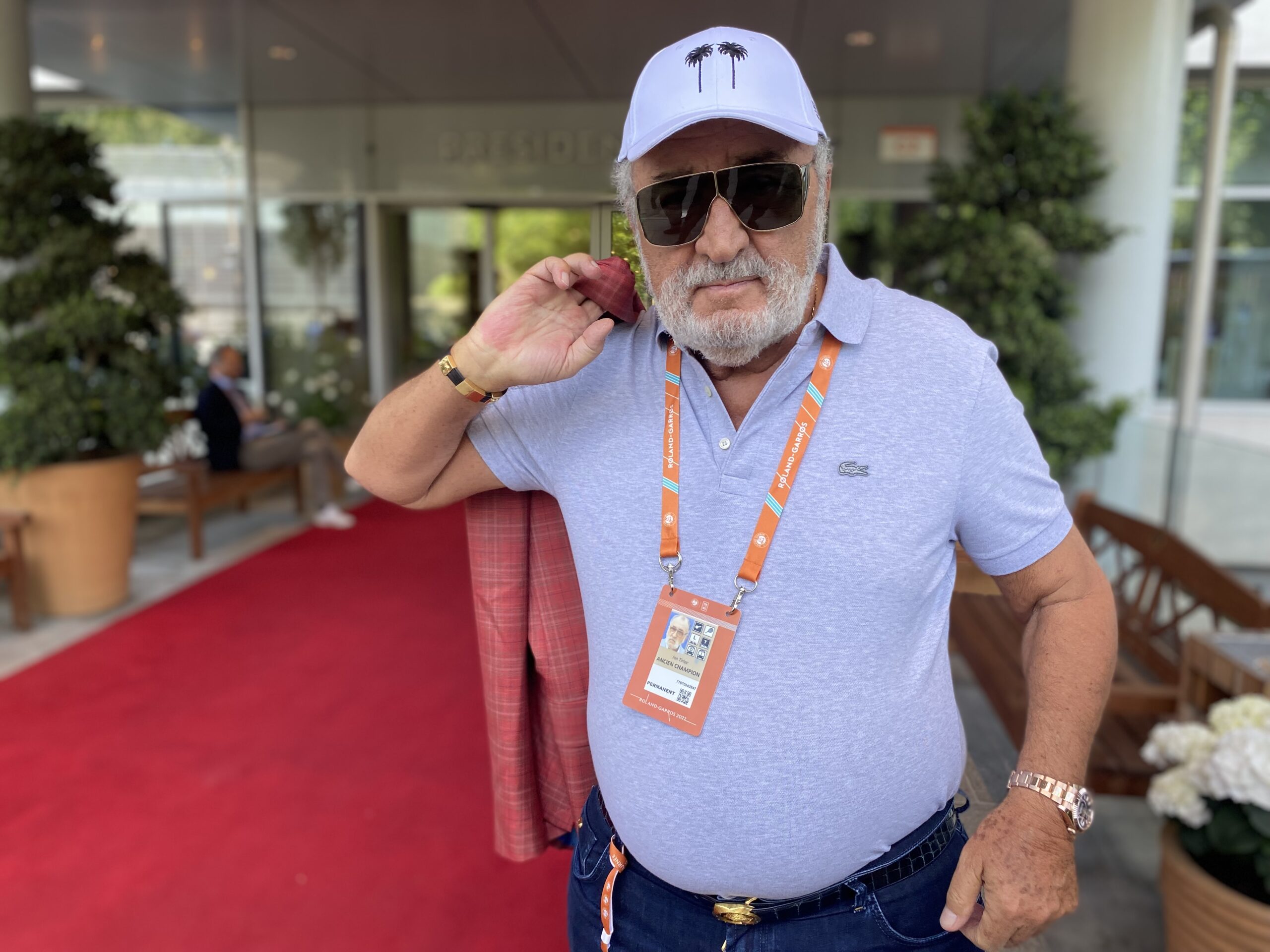MADRID – In 2007, the four major tennis tournaments greeted with wonder and trepidation an audacious idea from Ion Tiriac: to create a fifth Grand Slam tournament based in Madrid.
“One must have the possibility to compete. In prizes, in quality, in infrastructure, in everything,” said the Romanian during an extensive interview with the author of this column.
It seemed like an unsubstantiated audacity, but it was not: article 2.2h of the Constitution of the International Tennis Federation (ITF) states that it is possible to “recognise other Grand Slams for one or more years as determined by the Council”.
The idea did not prosper, partly because the traditions of tennis are very strong, partly because Tiriac got tired of Madrid and the ATP and sold the tournament to IMG, which does not think about making history, but about doing business.
Seventeen years after Tiriac’s “threat”, the tournament in the Spanish capital could hardly pose a similar challenge, because the truth is that Madrid has a problem: the tournament has lost lustre on the one hand, but has plenty to spare on the other.
The Caja Mágica inaugurated in 2009, designed by French architect Dominique Perrault, is a hopelessly cold stadium, far from the ideal tennis venue.
Not only for climatic reasons, but also for design reasons: the large amount of metal in the stadium hurts the view of spectators and players, making the ball not visible at times.
Even Rafael Nadal says so. “This court is nicer and more comfortable to) play under cover. There is a little problem for me. It is very metallic, when the sun reflects on the metal there is a problem of visibility. The reflections bother me a little bit. The central court is sometimes a bit cold because of the metal, but when covered and with artificial light, that sensation of metal is lost”.

The very real possibility that Nadal will not play the tournament again – although the Mallorcan always reserves a surprise – also puts the Madrid Masters 1000 in front of an undeniable reality: in Spain, and especially in Madrid, there is no tradition of tennis fans, there is not enough passion for a sport that is among the most successful in the country’s history.
And if there is not after 20 years of Nadal, does it make sense to expect Carlos Alcaraz to achieve what the Mallorcan has not, the challenge of turning the tournament into a sporting event, rather than a social event? An unfeasible goal to date, as the protagonists of Saturday’s women’s final, played in front of a half-empty stadium, can testify.
It is not clear why Tiriac, when he was lord and master of tennis in Madrid, did not use his influence to modify Perrault’s project, so architectural and so anti-tennis at the same time. But it is clear that the Romanian understood that Madrid had to go further and distinguish itself so as not to get lost in the landscape of mediocrity of so many other tournaments.
That was why in 2011, faced with the evidence that there would be no fifth Grand Slam, Tiriac said: “I don’t want a Grand Slam. I want something better. If I go crazy I can do a Super Slam”.
So the idea of blue clay in the 2012 edition was not Tiriac’s folly, but an attempt to offer something different and better. A great idea, but poorly executed. The cobalt blue was ideal to enhance the contrast with the ball, and moderated the problem of the excessive amount of metal in the stadium. The problem is that it was done in haste and without gaining the support of the players. The other problem? Salt was spread the night before the tournament to turn the tennis court… into a skating rink.
Add to that the controversies over the model ball girls, Nadal’s underhanded, or not so underhanded, criticisms, and the affair at the 2023 women’s doubles final, when the organisers prevented the players from speaking at the awards ceremony, and it’s clear that Madrid has a problem. Tiriac saw it at the time, but didn’t know how to fix it. Either he couldn’t, or he didn’t want to. Only he can say.









